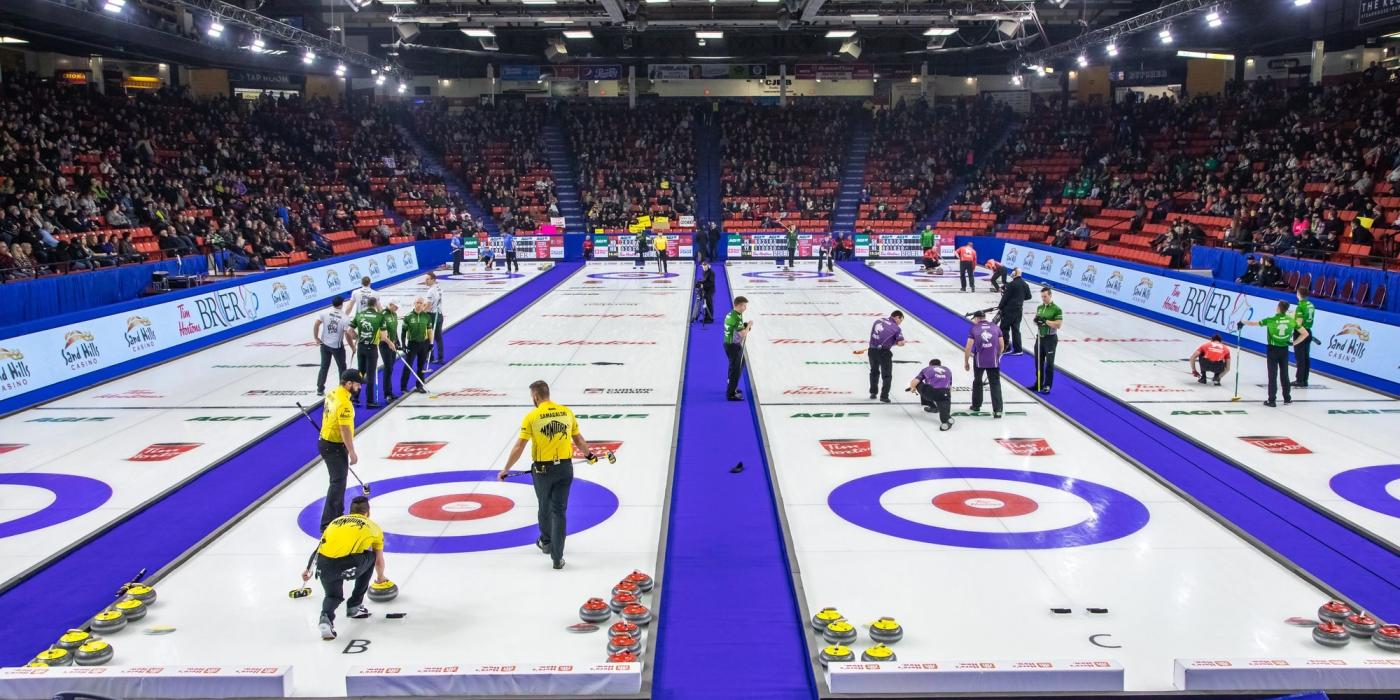- Things To Do
- Events
- Food & Drink
-
Places To Go
- Winnipeg
- Churchill
- Eastern Region
- Central Region
- Interlake Region
- Parkland Region
- Western Region
- Manitoba North
- Must-See Destinations
-
Itineraries
- Island Getaway on the Prairies
- Wheat City Wanderings in Brandon
- Escape to the water and the wild
- St. Boniface Winter: Passion and History
- Follow the path to a story in Neepawa
- Unleash your inner Viking this winter
- Explore Clear Lake this winter like never before
- Breathe in the Whiteshell this winter
- Go North for a boreal forest escape
- Treaty Areas
- Where To Stay
- Trip Essentials
- #ExploreMB Blog
What do curling and Manitoba have in common?
Brandon welcomed the top men's curling teams in the country for the 2019 Tim Hortons Brier, so here's a closer look at the love affair between Manitoba and curling. This province has a reputation for curling excellence, with top teams achieving national, international and Olympic glory. Plus, let’s not forget that Arborg, Manitoba is home to the world’s largest curling rock. Manitoba and curling have a lot in common, and that just might explain why our teams do so well and why we just love to watch curling.






